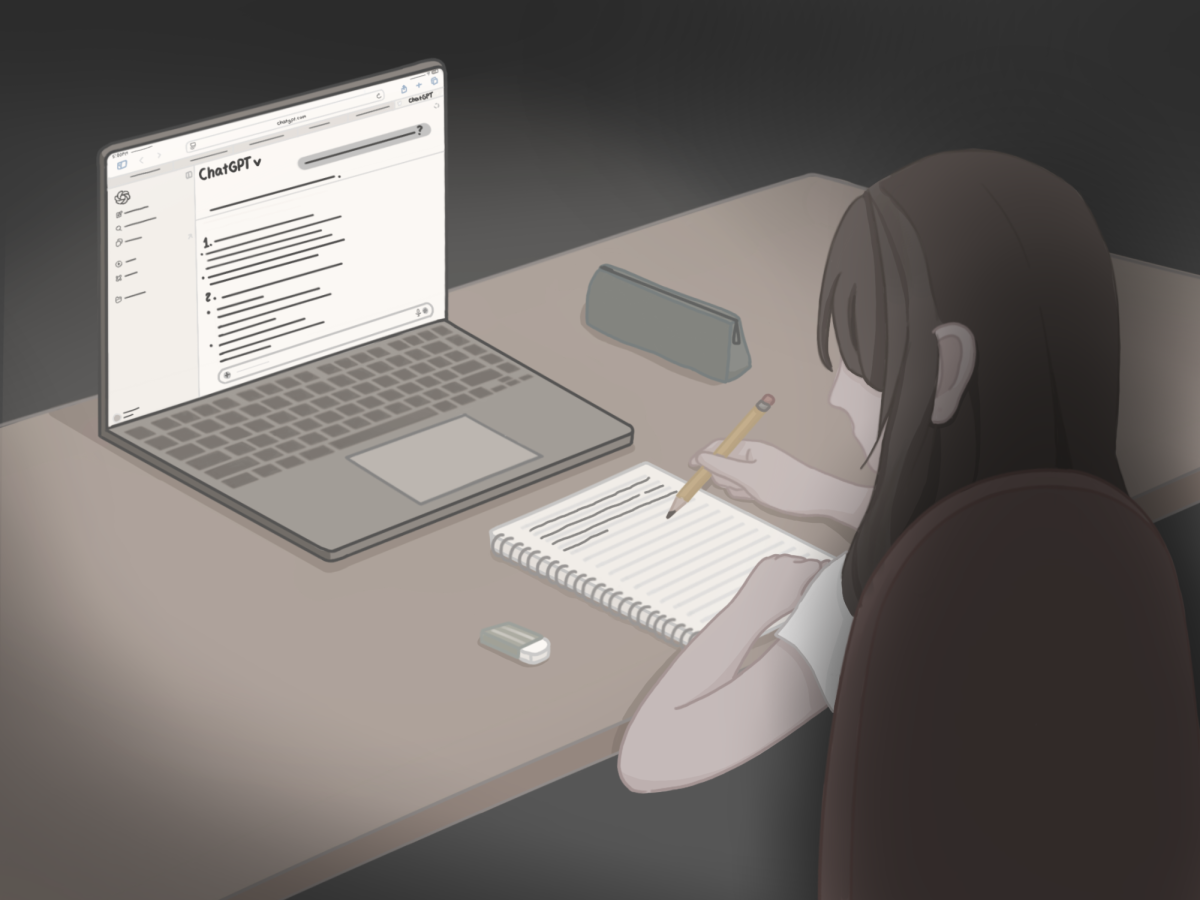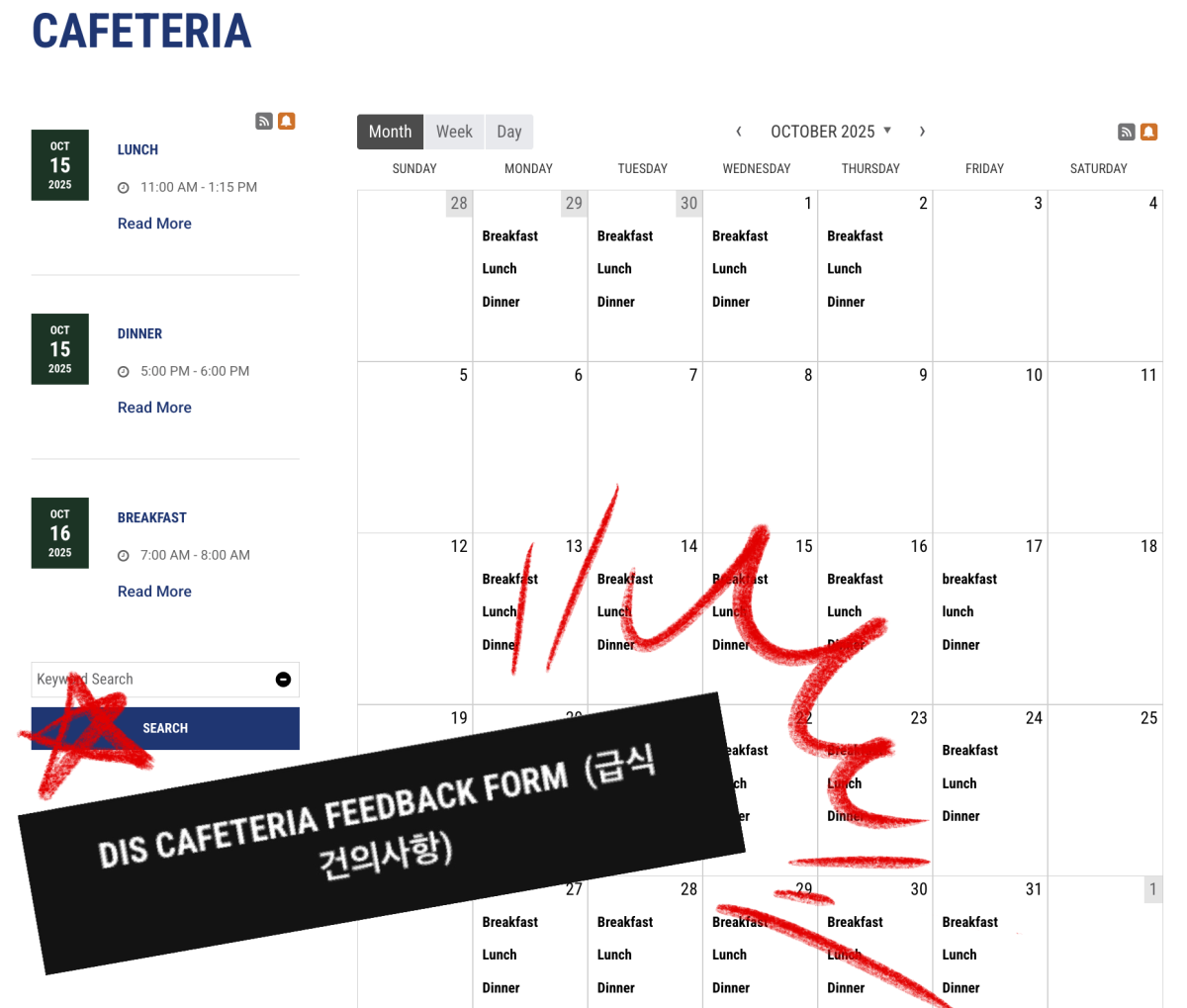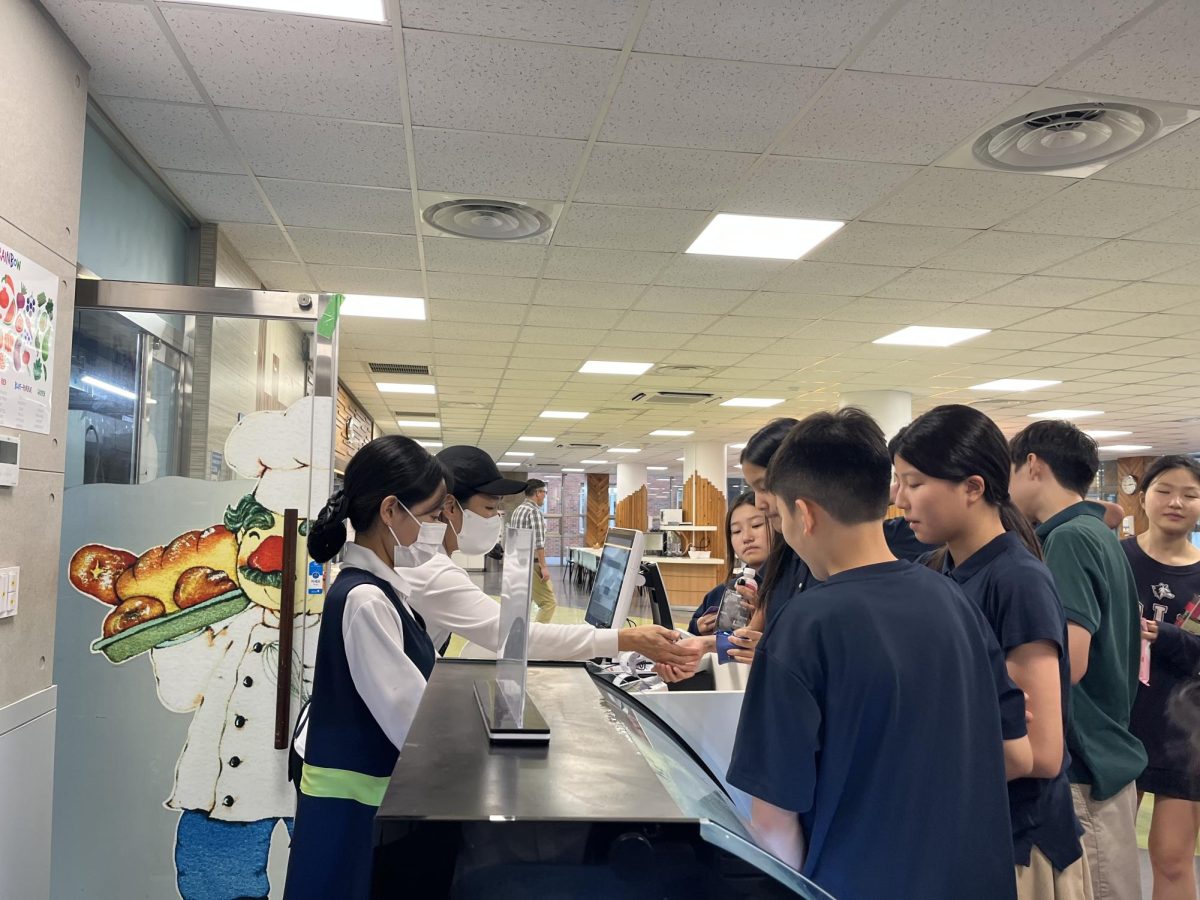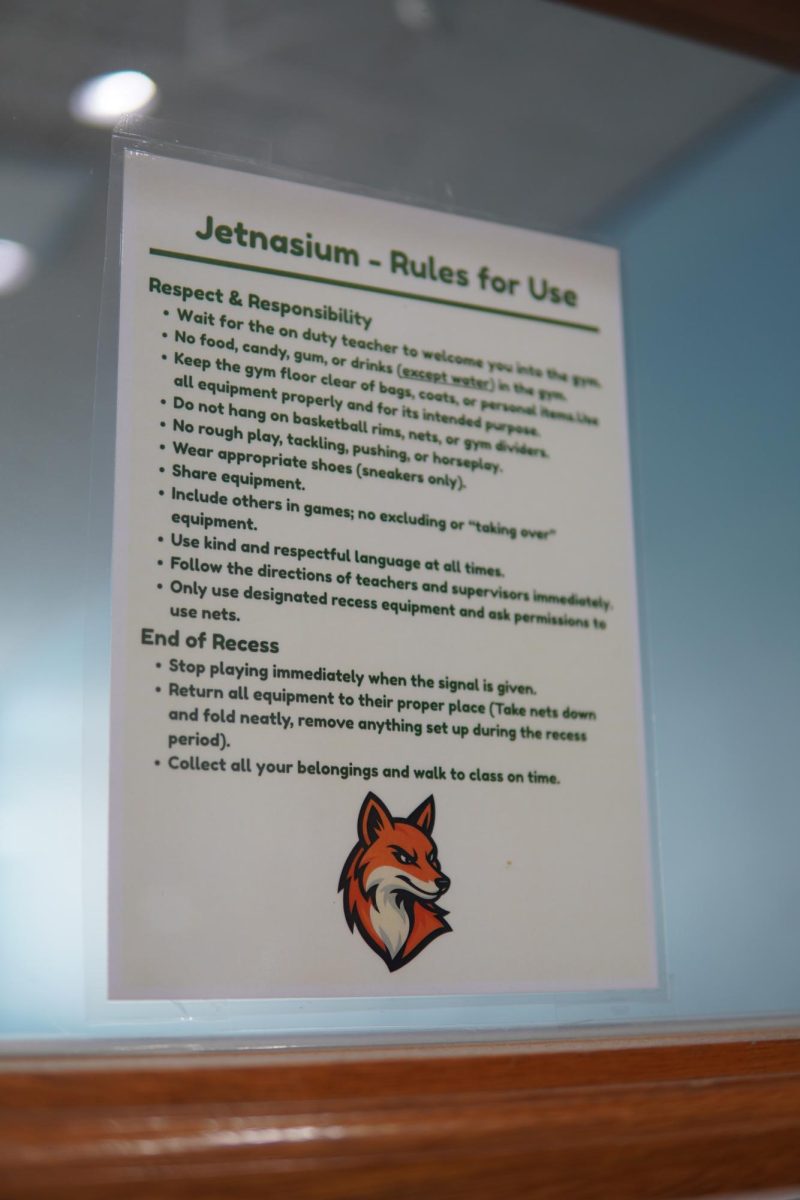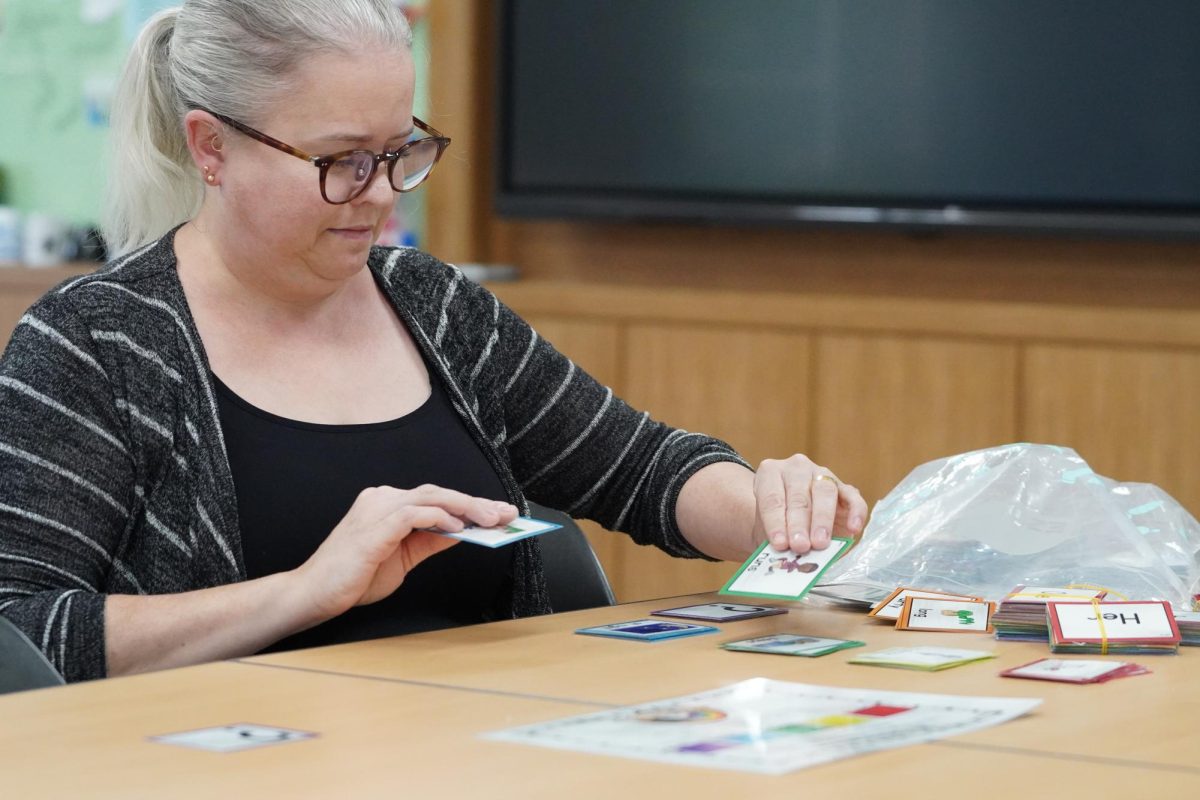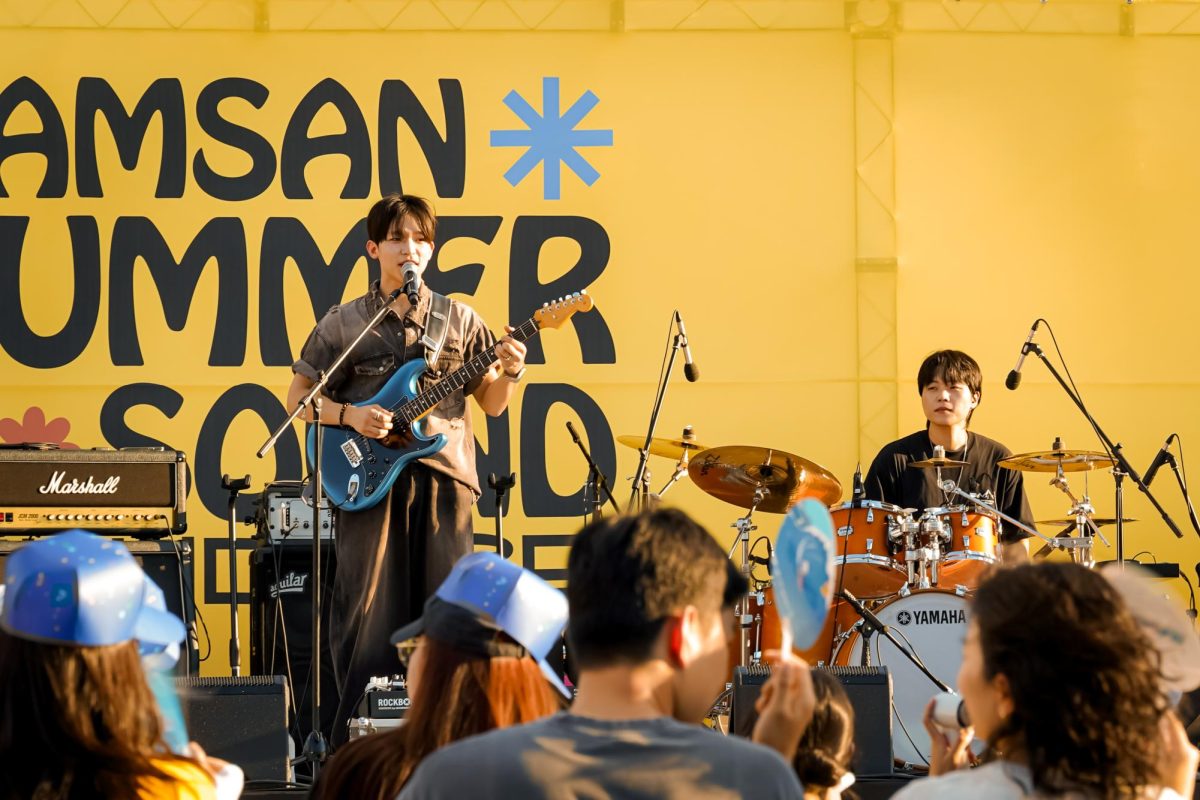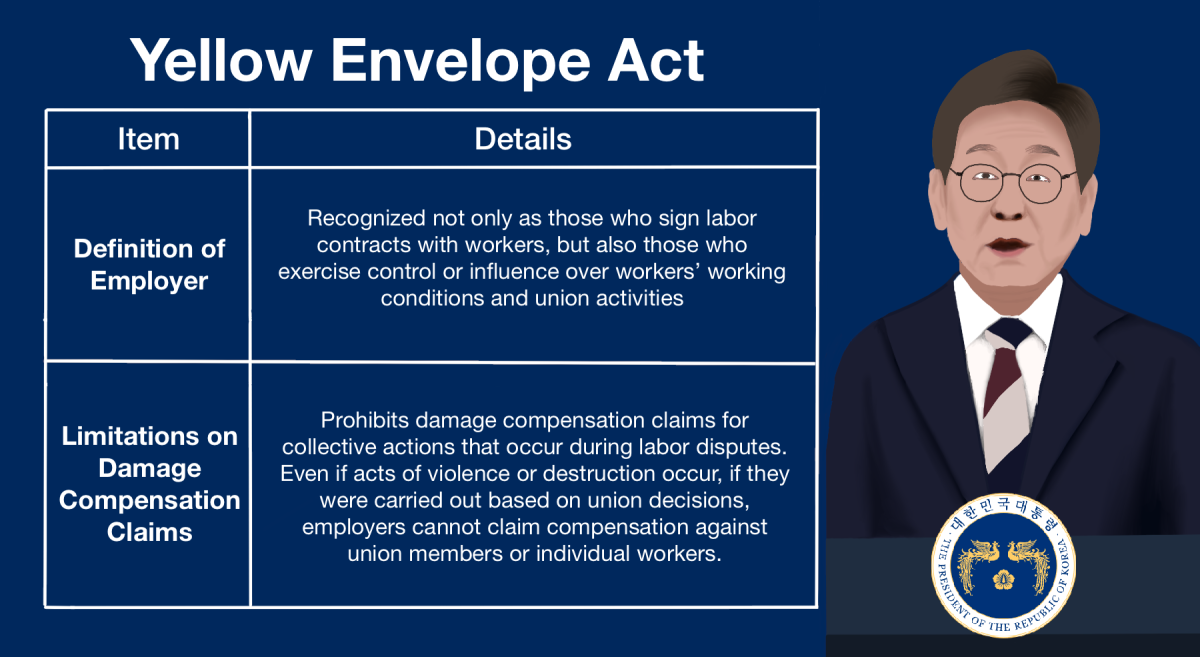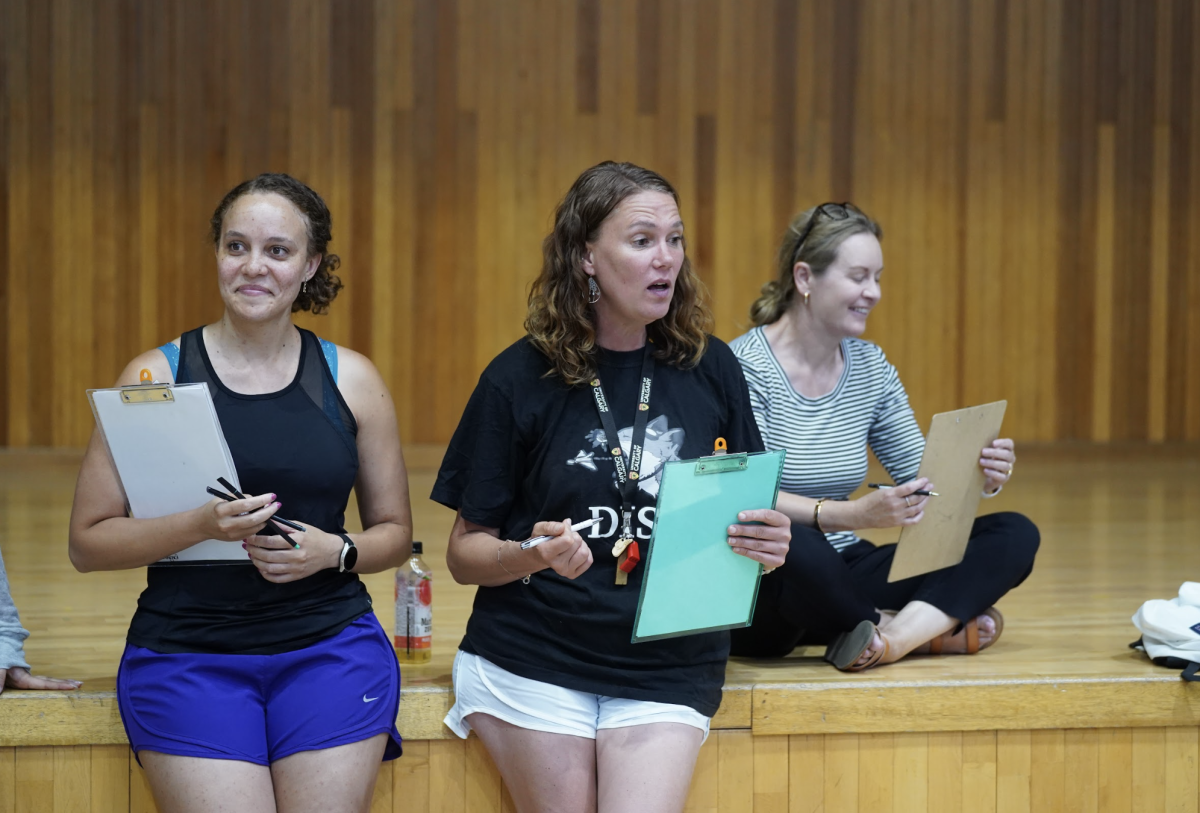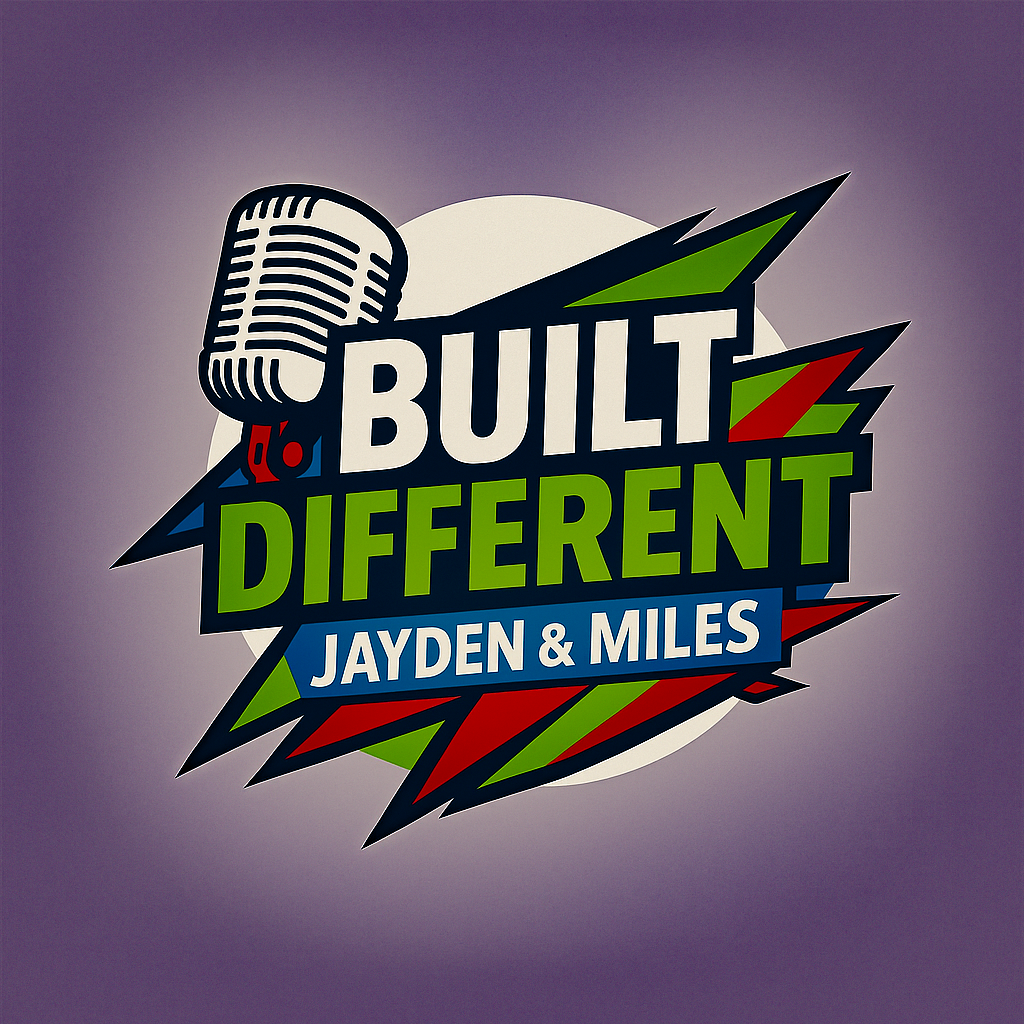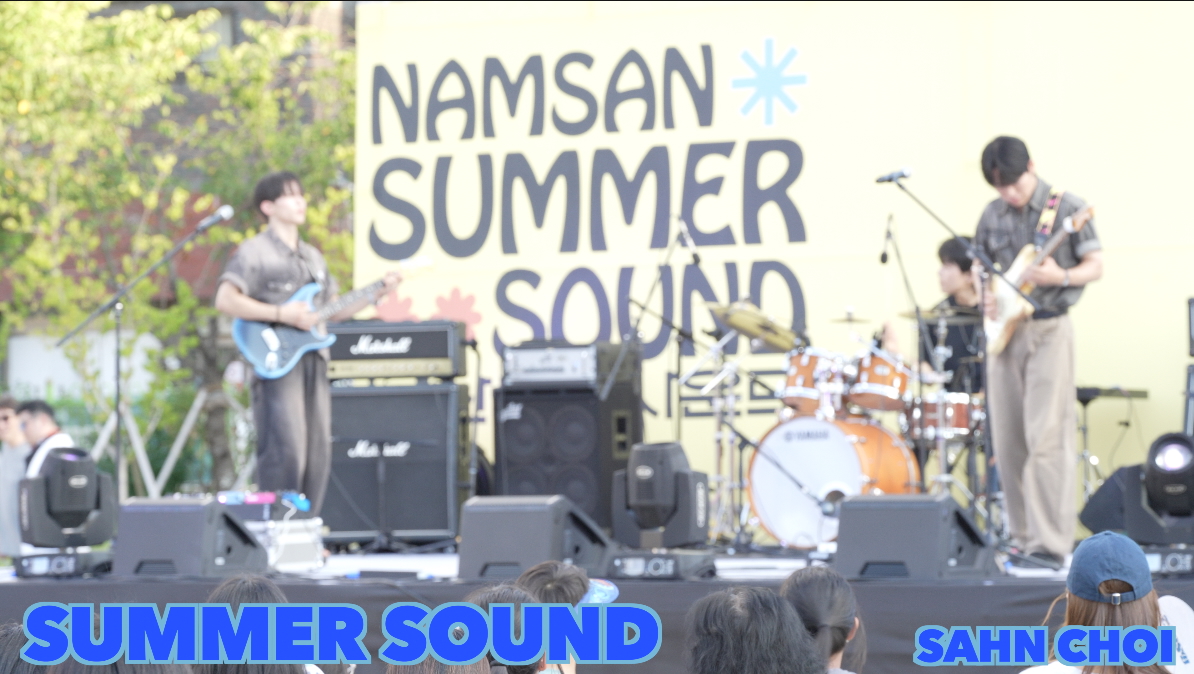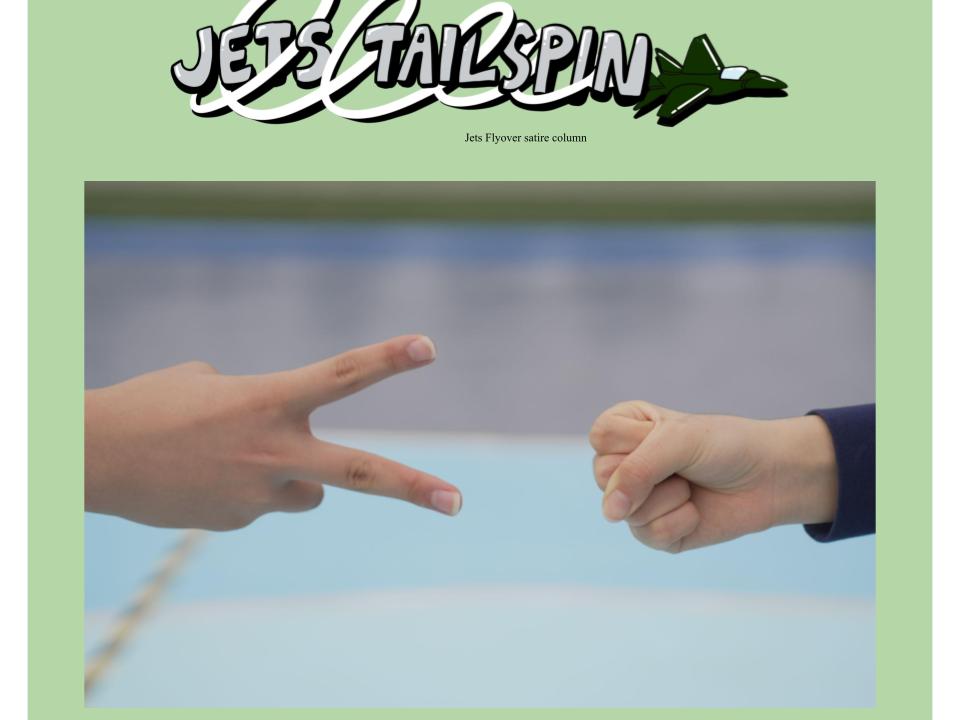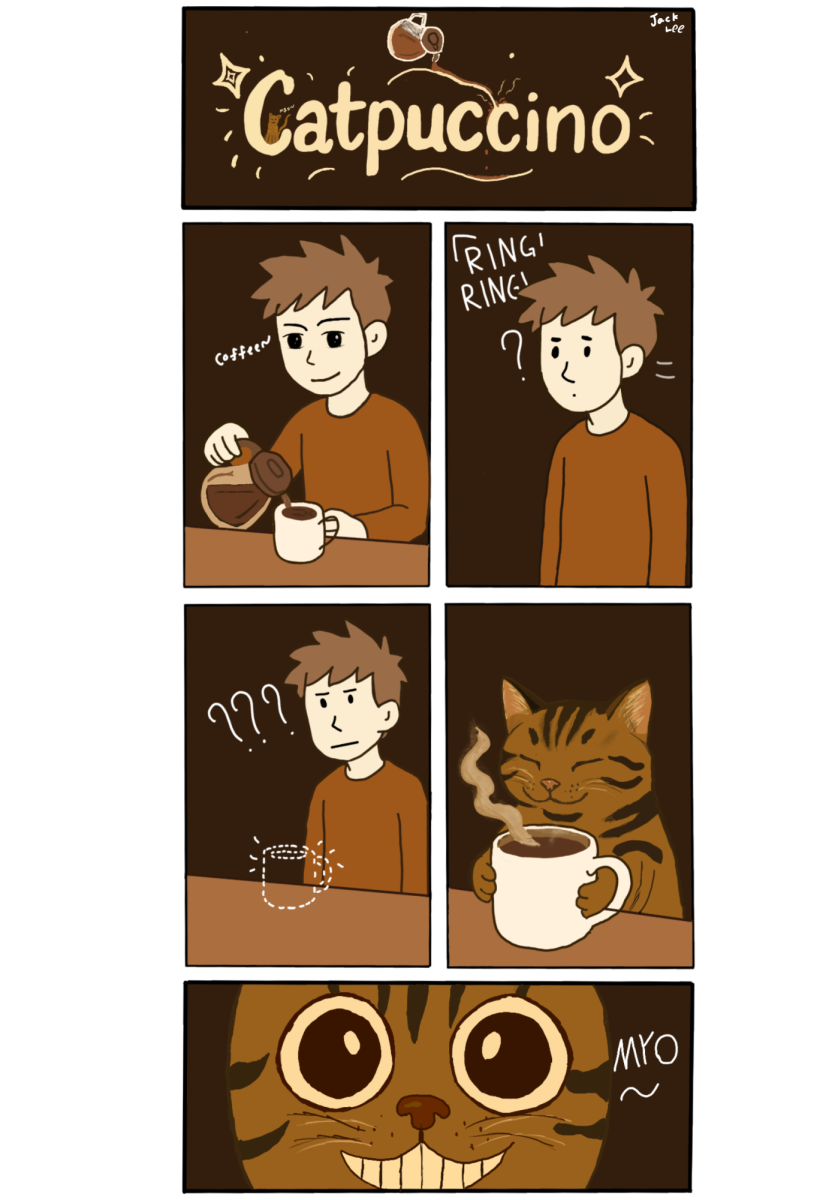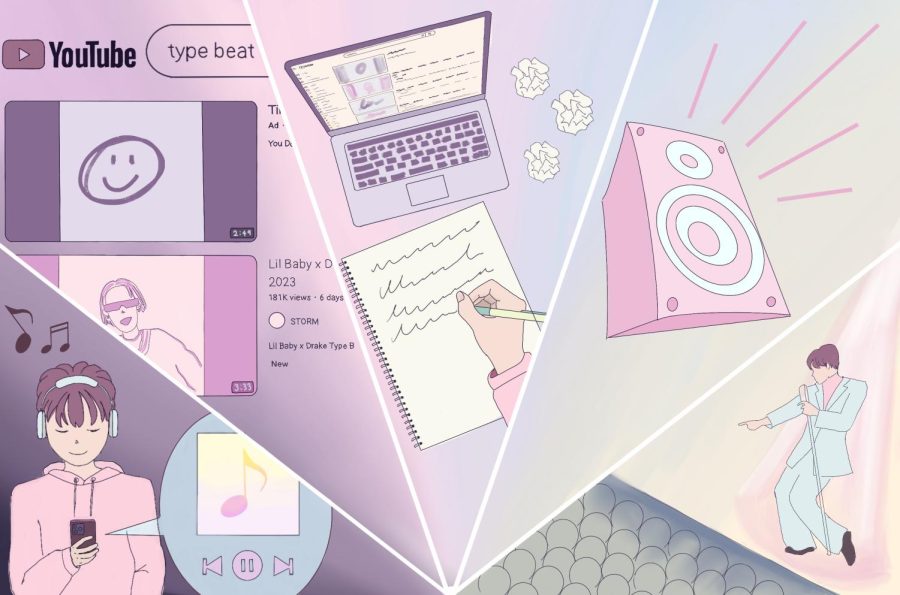Top Tips On Top-lining
Producing Music at Home has Never Been Easier – Here’s How
April 24, 2023
The lights cut out, and one by one, all middle and high school orchestra members waved flashlights from their phones as they collectively hummed “Silent Night.”
But there were a couple of members absent from this part of the concert. I waited backstage, anxious to play the song I composed with Juan as a surprise performance. The rendition of our original tune, “When I’m With You,” amped up the entire gym, and needless to say, it gave me an out-of-body experience. My description isn’t doing justice to this memorable moment, however. I have trouble putting this into words: the thrill of sharing your craft with three-hundred people is simply indescribable.
Your favorite artists, no matter how extensive their careers are, feel this anxiety-inducing, partly thrilling, and anticipatory moment right before stepping on the stage. The feeling of releasing a creative project for the public is nerve-wracking, challenging, yet exciting. But the best part is, you can feel this, too. Because I sure did! Let me tell you how you can also feel this rush of adrenaline in the comfort of your own home: “When I’m With You” was produced through a method known as top-lining, a process of writing a vocal melody and lyrics on top of a pre-existing beat or backing track. Here are some personal tips that could transform your room into a studio.
1) Brainstorm the feel and vibe of the music you want to produce.
I know it gets hard to talk about yourself, especially when you think about streaming your music publically – no matter how niche the group may be. Don’t worry, no one will judge. Process your emotions. As cliche as it sounds, what story do you want to tell? Is there a message you want to convey? How about the energy of the music? I usually think about tracks I listen to depending on specific moods reflected off of certain moments. Think about what evokes your strongest emotions and the most complex of thoughts.
2) Find a beat or instrumental that aligns with a chosen mood.
Browse through YouTube. Think about popular artists who produce songs that match the vibe you want, then search “(name of the artist) type beat” on the search bar. This label basically categorizes the style of the instrumental. After that, click on the audio clips that catch your eye, and outline in your head what melody line you think would fit well. Scroll until you find an instrumental that lights a spark.
3) Identify the song structure.
Dissect the song into an intro, verse, pre-chorus, chorus, post-chorus, bridge, and outro. How the song form progresses depends on the producer of the beat. Think of your production process like building up a stack of Legos. You – to quote from Drake – quite literally start from the bottom, all the way to the top.
Of course, sporadically adding elements to a song is, inevitably, going to happen. That’s how art is made. But to create a perfect pitch – to embody the very mood or message you carefully picked – structuring the production process by each part of the song is crucial. Just take a look at “You Against Yourself” by Ruel.
– In the intro, the instrumentals come out before the lyrics as they set up the key, tempo, rhythm, and overall energy of the music. Before the beat drop and the vocals in “You Against Yourself,” the synthesizer constructed the general vibe of the track.
– The verse comes next. Usually, this part of the music develops the message and the story of the track. It lasts about eight measures in this piece. Ruel sets up the outline of a story and shares how he tried his best to support an unwilling friend in his verse.
– The pre-chorus builds up the tune and produces an anticipated transition. The usage of higher notes keeps the audience on their toes for the highlight of the song. Ruel flips the trend of the overall melody and smoothly transitions into the part.
– The chorus acts as the main dish, climax, and hook all at once. It’s probably the most memorable part of the entire track. “Stuck in the thick of it (ooh) God aren’t you sick of it right now…” This 16-measure part that shows up repeatedly labels the chorus.
– The bridge helps intensify what the chorus established. Changes in chord progression usually occur here to add emphasis. After the first chorus, the entire structure repeats itself. Then comes the bridge, where Ruel presents a twist to his narration.
– The outro sums up the track and ultimately finishes the song. With a change in texture and composition, the last section of “You Against Yourself” works as both a repeat-chorus and an ending outro.
4) Hum melody lines that go with the beat and the structure you identified.
Turn your voice recorder on. Play each part of the audio as you sing or rap to the beat. Map out the structure in your head. And honestly, it doesn’t matter if you ramble nonsense. Just get the melody out – it’s all that matters in the end. Try out different tunes until you find the lines you like.
5) Jot down your verses, bars, rhyme, and thoughts.
Once the melody is down, it’s time to get the lyrics down on the track. Personally, this is the most challenging step because you’re piecing together each individual element into one cohesive body of work. You’re starting to stack your legos, essentially, and it’s often tough to just start. That being said, the one thing you should keep in mind during this process is that the words should match the energy of the music and the message you have in mind. Make sure each verse and chorus flows with the plot. This process much resembles story writing.
Make sure the lines go hand-in-hand. Consider what words come out when you hum the tune; those words usually stick most naturally. Additionally, rhyme schemes make the lines flow. They make the lyrics more natural and catchy to the ear.
If you really want to take toplining to the next level, separate each part of your song into phrases and brainstorm lyrics for each one by one, but also make sure it does not mess up the flow. Keep the music smooth – don’t overdo yourself or the message.
6) Edit, Edit, and, Edit.
Listen carefully to see if there are parts of the recording that are unnatural and awkward. Edit those parts and polish your product. Check for the musical plot – which, in general, stems from calmness, build-up, highlight, twist, and an outro – and the storyline of the lyrics. This is a great time to bring back the emotions you felt when writing the track. Check if the music continues eliciting a certain feeling in the audience.
My last advice is to just practice until you get the hang of piecing together each component of a song. Whether this skill comes naturally to you or not, you’re now a top liner yourself. Don’t hesitate to perform, share, and further cultivate your abilities, and never shy away from producing for the pure fun of it. After all, the surreal creative experience awaits you at your home studio.

